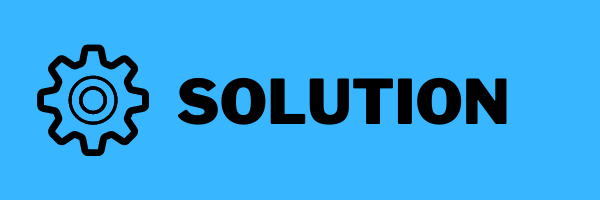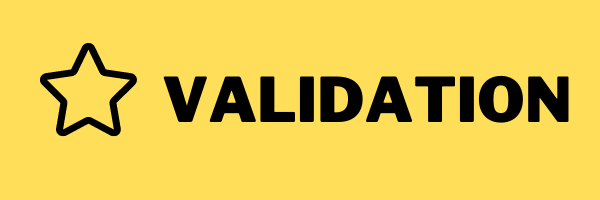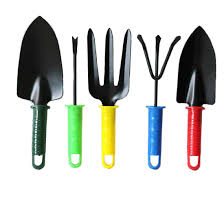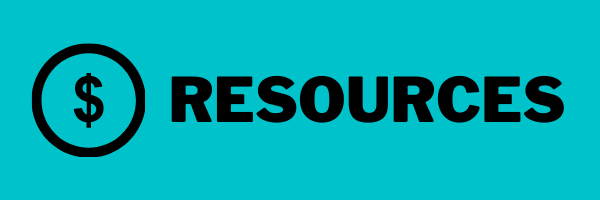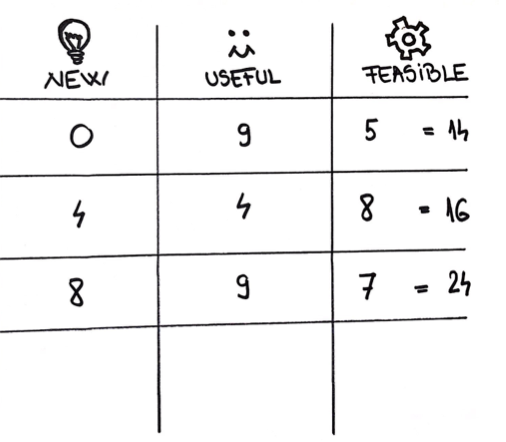Stellar Soil
By: Nicole Robb & Lauren Behnke
By: Nicole Robb & Lauren Behnke
Project at a Glance :
This project introduces 3rd grade students to various Next Generation science standards. Students will use research writing skills as they work through discovering how to create the most fertile soil for our school garden. (4 week project)
Driving Question:
How can we create a shared garden space for our school?
|
Standards:
|
Stakeholders:
|
Incubation:
|
|
Solution Building:
|
Authentic Audience:
|
Click here for teacher's full plan.
Reflection and Feedback:
|
Click here for the teacher's Journey through PBL on Padlet.
|
Meet the Educator:
Nicole Robb and Lauren Behnke teach 3rd grade at Douglas Elementary School, Saugatuck Public Schools. "I’m excited for students to feel vested in their learning and see the results of their efforts." ~ N. Robb "I am passionate about PBL because I think it empowers students to take ownership of their ideas and learning. They can gain experience problem solving and collaborating with their peers. Students learn communication, organization, and creativity." ~L. Behnke |








